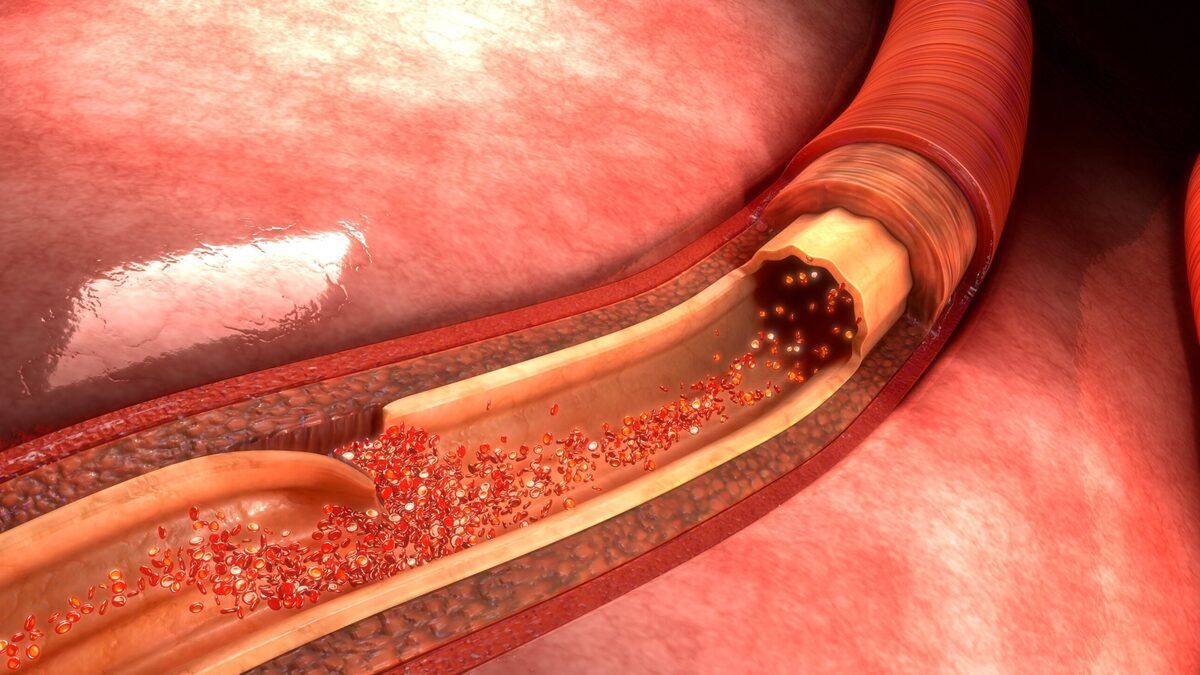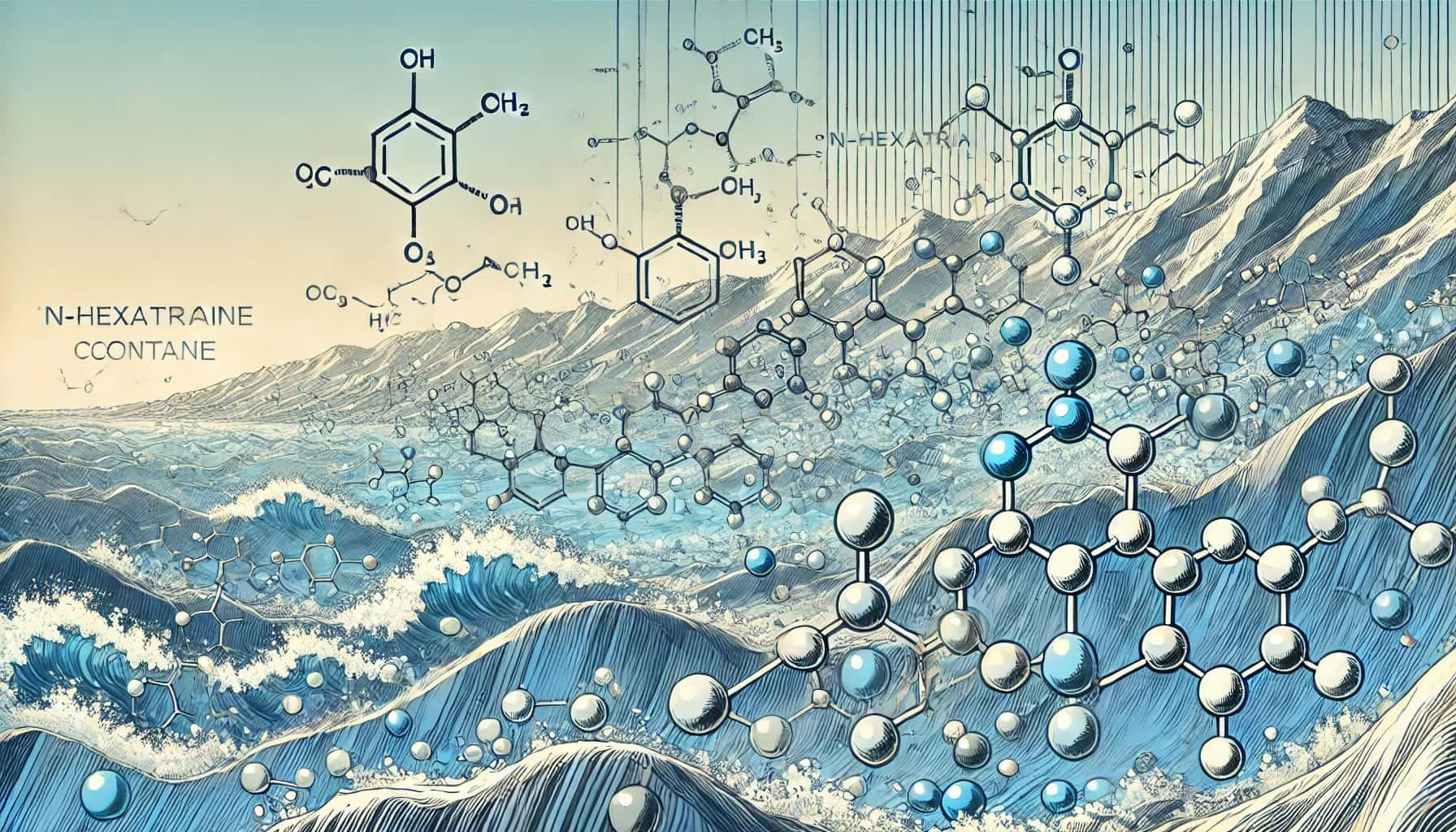
Aortic dissection is a serious condition where the inner layer of the aorta tears, causing blood to flow between the layers of the aortic wall. This can lead to a rupture or decreased blood flow to vital organs. Symptoms often include sudden severe chest or upper back pain, shortness of breath, and fainting. Risk factors include high blood pressure, genetic conditions like Marfan syndrome, and trauma. Diagnosis typically involves imaging tests such as CT scans or MRIs. Treatment can range from medication to emergency surgery, depending on the severity. Understanding the causes, symptoms, and treatments of aortic dissection can be life-saving.
What is Aortic Dissection?
Aortic dissection is a serious condition where the inner layer of the aorta, the large blood vessel branching off the heart, tears. Blood surges through the tear, causing the inner and middle layers of the aorta to separate (dissect). Here are some fascinating facts about this critical medical issue.
- Aortic dissection occurs when the inner layer of the aorta tears, allowing blood to flow between the layers of the aortic wall.
- Stanford classification divides aortic dissection into two types: Type A involves the ascending aorta, while Type B does not.
- DeBakey classification further categorizes dissections into three types based on the location and extent of the tear.
- Type A dissections are more common and more dangerous, often requiring immediate surgery.
- Type B dissections may be managed with medication and monitoring if they are stable.
- High blood pressure is a significant risk factor for aortic dissection, contributing to the weakening of the aortic wall.
- Connective tissue disorders like Marfan syndrome and Ehlers-Danlos syndrome increase the risk of aortic dissection.
- Aortic aneurysms can precede dissections, as the weakened vessel wall is more prone to tearing.
- Chest pain is the most common symptom, often described as a sudden, severe, tearing or ripping sensation.
- Back pain can also be a symptom, especially if the dissection involves the descending aorta.
- Shortness of breath may occur if the dissection affects the heart or lungs.
- Stroke-like symptoms can appear if the dissection disrupts blood flow to the brain.
- Loss of consciousness might happen due to severe blood loss or compromised blood flow to the brain.
- Aortic dissection can lead to organ damage if blood flow to organs like the kidneys or intestines is reduced.
- Genetic factors play a role, with some families having a higher incidence of aortic dissection.
- Men are more likely to experience aortic dissection than women.
- Age is a factor, with most cases occurring in people aged 60 to 70.
- Smoking increases the risk of aortic dissection by contributing to atherosclerosis and high blood pressure.
- Cocaine use can trigger aortic dissection by causing a sudden spike in blood pressure.
- Pregnancy can increase the risk in women with pre-existing aortic conditions or connective tissue disorders.
Diagnosis and Treatment
Diagnosing and treating aortic dissection promptly is crucial to improving outcomes. Here are some key facts about how this condition is identified and managed.
- CT scans are the most common imaging test used to diagnose aortic dissection.
- MRI can also be used, providing detailed images of the aorta and surrounding structures.
- Transesophageal echocardiography (TEE) involves inserting a probe down the esophagus to get close-up images of the aorta.
- Chest X-rays may show a widened mediastinum, suggesting aortic dissection.
- Blood tests can help rule out other conditions but are not definitive for diagnosing aortic dissection.
- Surgery is often required for Type A dissections to repair or replace the damaged section of the aorta.
- Endovascular repair involves inserting a stent-graft through a small incision to reinforce the aorta from within.
- Medications like beta-blockers can help manage blood pressure and reduce stress on the aorta.
- Pain management is crucial, as severe pain can increase blood pressure and worsen the dissection.
- Long-term monitoring is necessary, as patients with aortic dissection are at risk for future complications.
Prevention and Prognosis
Preventing aortic dissection involves managing risk factors and recognizing symptoms early. Understanding the prognosis can help patients and families prepare for the future.
- Regular check-ups are vital for individuals with risk factors like high blood pressure or connective tissue disorders.
- Blood pressure control is the most effective way to reduce the risk of aortic dissection.
- Healthy lifestyle choices like quitting smoking and maintaining a healthy weight can lower the risk.
- Genetic counseling may be recommended for families with a history of aortic dissection.
- Early detection improves outcomes, as prompt treatment can prevent complications.
- Survival rates for aortic dissection have improved with advances in surgical techniques and medical management.
- Type A dissections have a higher mortality rate if not treated promptly, with up to 50% of untreated cases resulting in death within 48 hours.
- Type B dissections have a better prognosis, especially if managed with medication and monitoring.
- Rehabilitation may be needed after surgery to help patients recover and regain strength.
- Emotional support is important, as the experience of aortic dissection can be traumatic for patients and their families.
- Lifestyle modifications like regular exercise and a heart-healthy diet can support long-term health.
- Medication adherence is crucial for managing blood pressure and preventing future dissections.
- Follow-up imaging is often required to monitor the aorta for any changes or complications.
- Patient education helps individuals understand their condition and the importance of ongoing care.
- Support groups can provide a sense of community and shared experience for those affected by aortic dissection.
- Research continues to improve our understanding of aortic dissection and develop new treatments.
- Clinical trials may offer access to cutting-edge therapies for patients with aortic dissection.
- Public awareness campaigns can help educate people about the symptoms and risks of aortic dissection.
- Emergency response training for healthcare providers can improve the speed and effectiveness of treatment.
- Hope remains for those affected by aortic dissection, as medical advancements continue to improve outcomes and quality of life.
Final Thoughts on Aortic Dissection
Aortic dissection is a serious condition that requires immediate attention. Knowing the symptoms like sudden severe chest pain, risk factors such as high blood pressure, and treatment options can save lives. Early detection and prompt medical intervention are crucial. Understanding the importance of lifestyle changes like a healthy diet and regular exercise can help prevent this condition. Regular check-ups and being aware of your family history also play a significant role.
By staying informed and proactive, you can significantly reduce the risks associated with aortic dissection. Always consult healthcare professionals if you experience any unusual symptoms or have concerns about your heart health. Knowledge is power, and in this case, it can be life-saving. Stay vigilant, stay healthy, and take care of your heart.
Was this page helpful?
Our commitment to delivering trustworthy and engaging content is at the heart of what we do. Each fact on our site is contributed by real users like you, bringing a wealth of diverse insights and information. To ensure the highest standards of accuracy and reliability, our dedicated editors meticulously review each submission. This process guarantees that the facts we share are not only fascinating but also credible. Trust in our commitment to quality and authenticity as you explore and learn with us.


